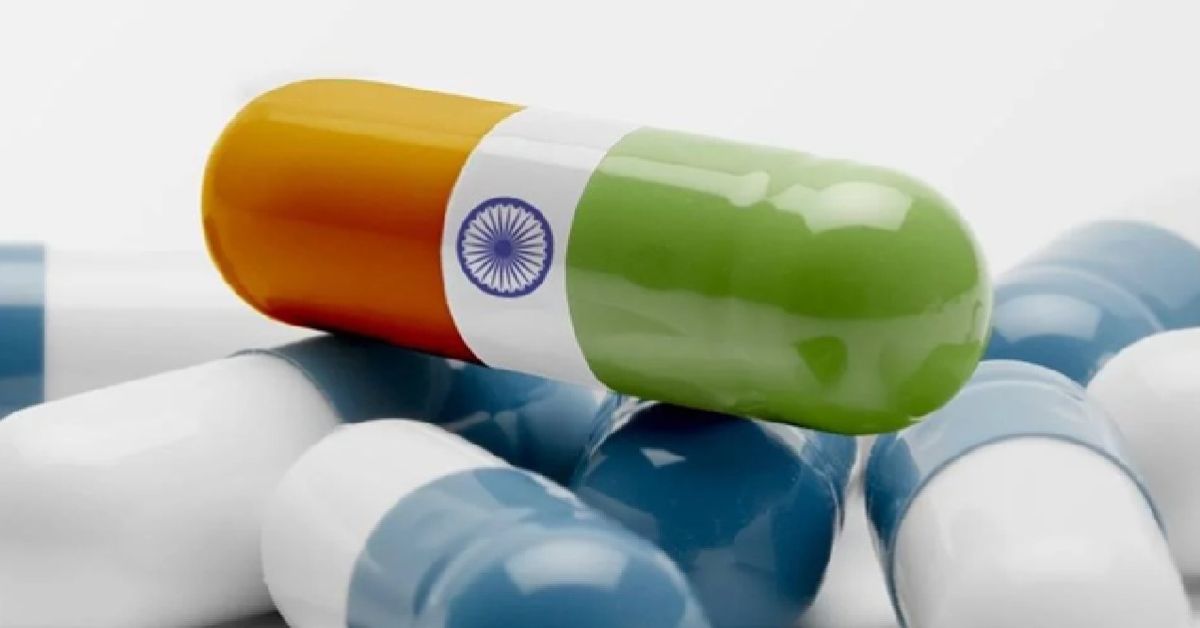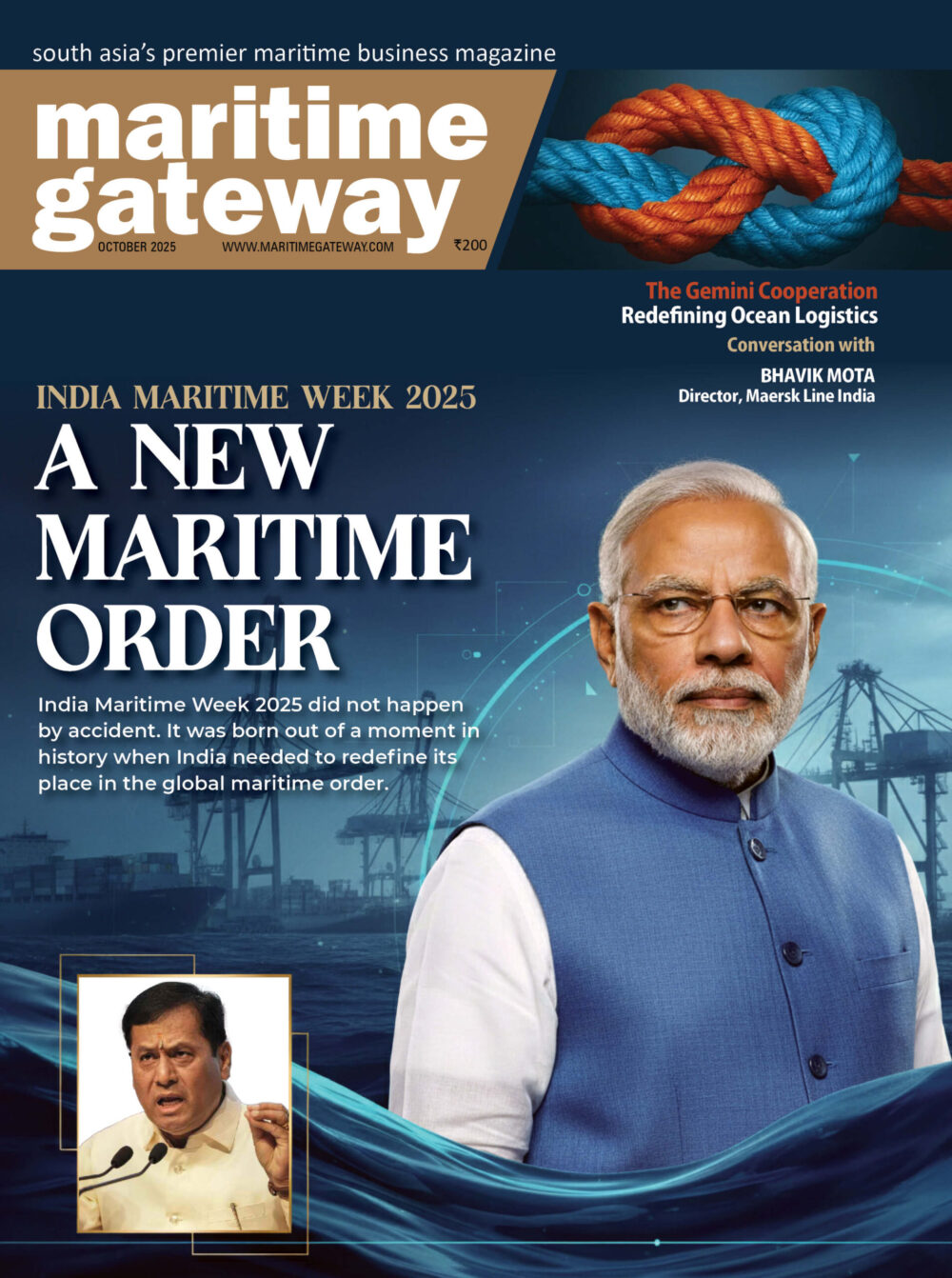India’s standing as the “pharmacy of the world” has grown stronger, with the United States emerging as its most reliant market. Fresh trade data show that India’s share in US pharmaceutical imports has nearly doubled over the past six years, led overwhelmingly by finished formulations such as tablets, syrups, antibiotics, and painkillers.
In 2019, India accounted for 8.9% of America’s medicine imports. By 2025, that figure had crossed 15%, with ready-to-use formulations climbing from 9.4% to 15.8% in the same period—their highest-ever share.
The surge comes against the backdrop of protectionist measures in Washington. President Donald Trump recently imposed a 100% duty on branded medicines unless companies shift production to US soil. While generic drugs remain exempt, uncertainty lingers over complex generics, biologics, and specialty therapies—areas where Indian manufacturers have been building capabilities.
For India, the US has become indispensable. America’s share in India’s total pharmaceutical exports has jumped to 45% in the first seven months of 2025, compared with 38% in 2023. In value terms, Indian shipments to the US reached $8.6 billion in 2024 and had already crossed $6.2 billion by July 2025. Retail formulations dominate the trade: their share in exports to the US has risen from 84% in 2019 to 92% this year, underscoring the country’s shift toward high-value finished products over bulk drugs or active ingredients.
Globally, India exported $20.97 billion worth of medicines in 2024, with the US alone absorbing more than 40%—highlighting both the strength and the vulnerability of this dependence.
India’s cost competitiveness in generics ensures its central role in the American healthcare system, where affordability is a growing concern. Yet policymakers and industry leaders warn that an overreliance on one market leaves the sector exposed to trade frictions and regulatory shifts at a time when supply chain security is increasingly politicized.









